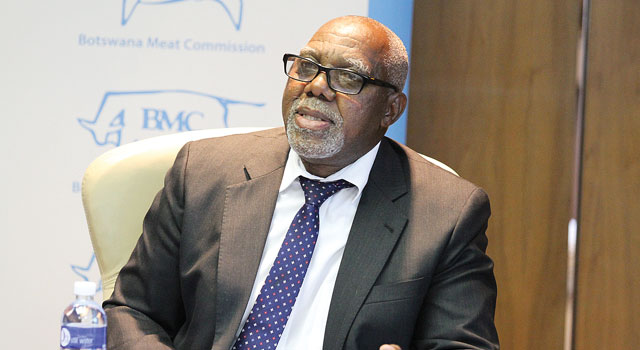The Botswana Meat Commission (BMC) has cash flow shortages which has made it unable to pay farmers. On the one hand, farmers struggle with challenges that are characteristic to their vocation, and these are worsened by situations like drought and diseases. For a long time Batswana treated farming as a mere way of living and where they only sold their cows if a particular situation forced them to. Only in recent years are Batswana showing keen interest in crafting a business model around their farm activities. BMC stands between the farmers and farming success.
On the other hand is BMC, which has admitted that its operating model is difficult to manage due to strict export market conditions which it is required to meet. According to the BMC Chief Executive Officer, Dr. Akolang Tombale, the existing payment structure to farmers off tracks the corporation’s efforts to open up its cash flow stream which at the moment is clogged. Speaking at a media briefing last week Thursday, Tombale eloquently described the corporation’s money circulation, which he expressed as “to finance our operations we use costly short term financing combined with sales whose proceeds come only five to six months later. This creates a serious cash flow shortage. This is the major reason why we delay in paying farmers.” He added that in 2013 the corporation tried to change the payment structure that instead of paying farmers within 48 hours of delivery as it is currently the case, payments could then be done within a period of 7 to 15 days. He cited Namibia as an example but however lamented that the model failed to take off.
“We’ve tried our best to engage farmers” said Tombale, adding that he has visited different places across the country informing farmers of the corporation’s payment plan, which he emphasized is not defaulting as has been professed by critics. He also mentioned that it has been difficult to change the thinking of a Motswana farmer to see farming as purely business activity.
The current set up has set the BMC and farmers on a war path, and this chokes any possibility of engineering a model that is accommodative to both parties. This will take the corporation and farmers reaching a solid understanding which recognizes that the challenges must not be looked at in isolation but rather within the bigger picture of serving both their needs.

